The Insane BRM V16 And Its Modern Day Recreation
Bringing back one of the most staggering F1 cars ever made…
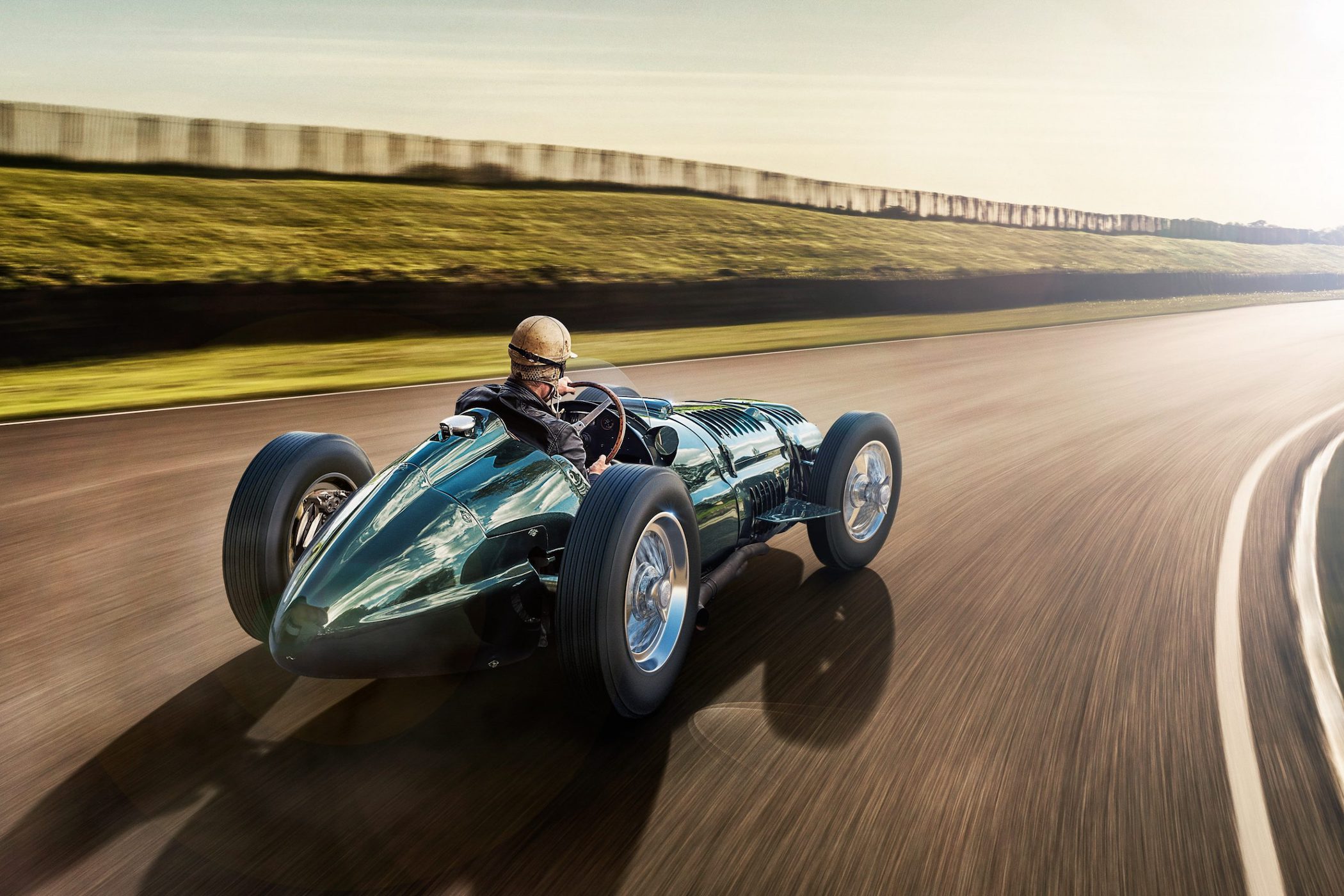
To be totally honest with you all, I absolutely LOVE the machine featured in today’s Petrolhead Corner. I vividly remember learning about this car through audio as I had no prior encounters with it. In the early 2000s, my father gave me a book for Christmas, that included an audio disc with clips of the 22 cars covered in the book. That book was “Into the Red” by Nick Mason (Pink Floyd anyone?) and featured some of the best cars from his personal collection. The car I’m specifically referring to? The insane 1953 BRM V16 MKII.
Before getting too excited, I want to provide a little context about the book. Nick Mason, the drummer of legendary rock band Pink Floyd, is an avid Petrolhead with an insane car collection. His collection includes a Ferrari 250 GTO, Bugatti Type 35B, Maserati 250F, Jaguar D-Type, Porsche 962C and loads of other rare and incredible racing machines. In 2004 he launched a book where he and automotive journalist Mark Hailes covered 22 unique cars, accompanied by the aforementioned CD. Being owners of all the cars included, they decided to showcase the evolution of technology and include a recording of each of the cars, pushed hard at Donington Park in the United Kingdom.
So there I was, with a freshly unpacked Christmas gift. I put the CD in our stereo system, put on some headphones and got comfy in a chair with that new book in my lap. It kicked off rather easy as the first car featured on the audio disc is a 1901 Panhard B1. Listening to the audio, flipping through the book, I was about to be gobsmacked though.
Clip number 5 is different from all the others in a BIG way. Where the rest consists of a short audio segment of the car firing up, a bit of on-board audio, followed by a fly-by, this was a full seven minutes of the most incredible sound I’ve ever heard. The screams, howls and whistles are just out of this world, as the car is fired up and blasted around Donington Park for two full laps. The car, as I’ll go into in a bit, is notoriously unreliable and incredibly complex. The engine was a 1.5 litre supercharged V16, producing a staggering 600bhp, in a car that weighed little more than 730 kilo’s. Redline? A screeching 14,000 rpm! It was simply unheard of in the fifties.
The BRM V16 MKII from 1953 that Nick Mason owns, is the only car to have a full 2 lap recording of both stationary from the pit complex as well as onboard recordings. It is just magical, gives me goosebumps every single time. To some, it might seem like just an obnoxiously loud screamer, but if you’re anything like me it is probably something like Elvis or Sinatra in their prime. Or maybe Pavarotti, I don’t know.
The book explains in detail why this car is so special. Out of all the cars they included, this was the only one that could be heard from the start-finish area no matter where it was on track. You can literally hear the car driving off, going through corners, shifting up and down through its gears during the entire two laps. In the process you can hear it misfiring, the gas pedal being pumped on the downshifts and the engine hitting the rev limiter very clearly. The sound it makes is almost indescribable, even far off in the distance. I must have listened to this a thousand times by now and it never gets boring. Luckily there’s a clip on YouTube with stills of the car and the recording from “Into the Red” dubbed over it. Enjoy!
Now, for those who follow our Petrolhead Corner regularly might be familiar with the BRM V16 and this clip as we’ve linked to it before. That was due to the BRM being mentioned in an episode about Weird and Wonderful Automotive Innovations. Discovering that a UK based company called Hall & Hall, which we also mentioned before, are building three exact recreations of the mighty V16 was a welcome surprise. It is one of the most complex machines ever built so it is a monumental task to build another one from pretty much scratch.

Hall & Hall are no strangers to this process, as they’re the men and women behind the Vanwall Continuation Program and specialize in restoring, maintaining and recreating historical racing cars. The latest project is the BRM Type 15 as it is officially called, but the world knows it as the V16. British Racing Motors are currently building three cars identical to the original with the help of Hall & Hall. Every last detail will be created as close to the original as possible, using an original engine as a blueprint. This is no easy task with any engine, but the V16 engine in the BRM consists of 36,000 individual parts!
It goes without saying that with these ageing, complex machines there’s no parts list or build plan which you can fall back on. There’s also not a chance in hell to get off-the-shelf replacement parts. These programs usually take up countless hours, and a ton of money, as a lot of parts have to be reversed engineers and tweaked several times to get absolutely perfect. As Rick Hall, half of Hall & Hall mentioned here, “there is no room for error as we work down to the 1,000th of a millimetre”. Petrolicious shows us that their efforts are beginning to pay off, including a short clip by BRM of the rebuilt engine firing up in the original BRM “factory” (a shed really);
The program is made possible by the uncovering of three complete racing chassis once destined to be fitted with the V16 engine. Due to regulation changes in Formula 1, making the V16 obsolete, this was never to happen. These chassis will now be retro-fitted with a full working one-on-one recreation of the engine that once roared the racetracks in the fifties.
The amazing BRM V16 story is not one of incredible success, as the car was insanely complex to run and proved immensely unreliable. It did shake up the competition though, as the 600bhp producing engine was unlike anything that came before it in open-wheeled racing. Initially intended to compete in the inaugural Formula 1 championship in 1950, the closest rivals only put out about 300-350 horsepower. BRM sadly couldn’t get the reliability sorted and as such failed to start some races and if they did fail to bring the car across the finish line. If BRM would have managed to get it running properly, it would probably be an absolute monster and blitz the opposition.
This was at a time where Formula 1 was just in its infancy mind you, coming out of the second World War. It wasn’t until May of 1950 that Silverstone hosted the first-ever race under F1 regulations. BRM was another post-war “product” with racing driver Raymond Mays and engineer Peter Berthon teaming up to build a Grand Prix car. The first car was to be built around either a 1.5 litre supercharged V8 or a 1.5 litre supercharged V16. Opting for the latter, the two men thought it would be a better platform for their efforts and prove beneficial in key areas. Smaller pistons mean a quicker and higher-revving engine, higher power output and in theory a much faster car.
The engine was tilted and mounted slightly to the left to allow the driver to be sitting dead-centre in the car. The chassis was constructed of steel tubing with drilled plats and cross-members for extra strength, much needed due to the powerful engine. Presented as a future contender as the car wasn’t ready to compete yet, it was shown to the public during the inaugural F1 race at Silverstone. Extensive media coverage on the car and the BRM outfit meant the pressure was on to take it to the Italian Alfa Romeo and Ferrari teams.
When the car was finally ready to compete, with a second one built, it was disastrous. Not being able to put in any practice laps, one car was allowed to start stone dead last but failed to make it off the line due to a gearbox that broke down. The team soldiered on and came back to Silverstone in 1951, scoring its maiden Championship points. By then the team was trailing the competition as it had skipped the first few races of the season and only two races were entered, Silverstone and Monza.
Following the 1951 season, regulation changes meant the BRM V16 was sidelined as an F1 competitor, only to be eligible for Formula Libre class racing. The car was continuously under development but lost interest from its initial financers and the team was sold off. One of the original backers stepped up, believing in the potential of the complex engine, and an MKII version was built in 1953. This proved to be a better car, with improved braking, shorter wheelbase, updated suspension and an improved engine. The car started winning races in Formula Libre competition but never faced the rivalry as it would have had it ran in the 1951 F1 season.
Despite this rocky history, BRM proved to be pioneers, not letting up in the face of trouble. They were the first to produce engines capable of 400bhp/litre, an accomplishment only broken by the Turbo-era of Formula 1 some 30 years later. In total only 5 cars have been built. Three BRM Type 15 V16’s and two Type 30 V16’s (the MKII), one of which ended up in the hands of Nick Mason. Four of the cars are still to be in existence, and allegedly in (close to) working order. BRM would continue in Grand Prix racing and would produce other incredible, and sometimes weird, machines. One example is the H16-engine used in the BRM P83 and the Lotus 43 BRM, perhaps stories for another time.
More information on the BRM V16 story by both Petrolicious and Hall & Hall, covering the recreation in detail. Nick Mason’s car collection is partially documented by Top Gear.



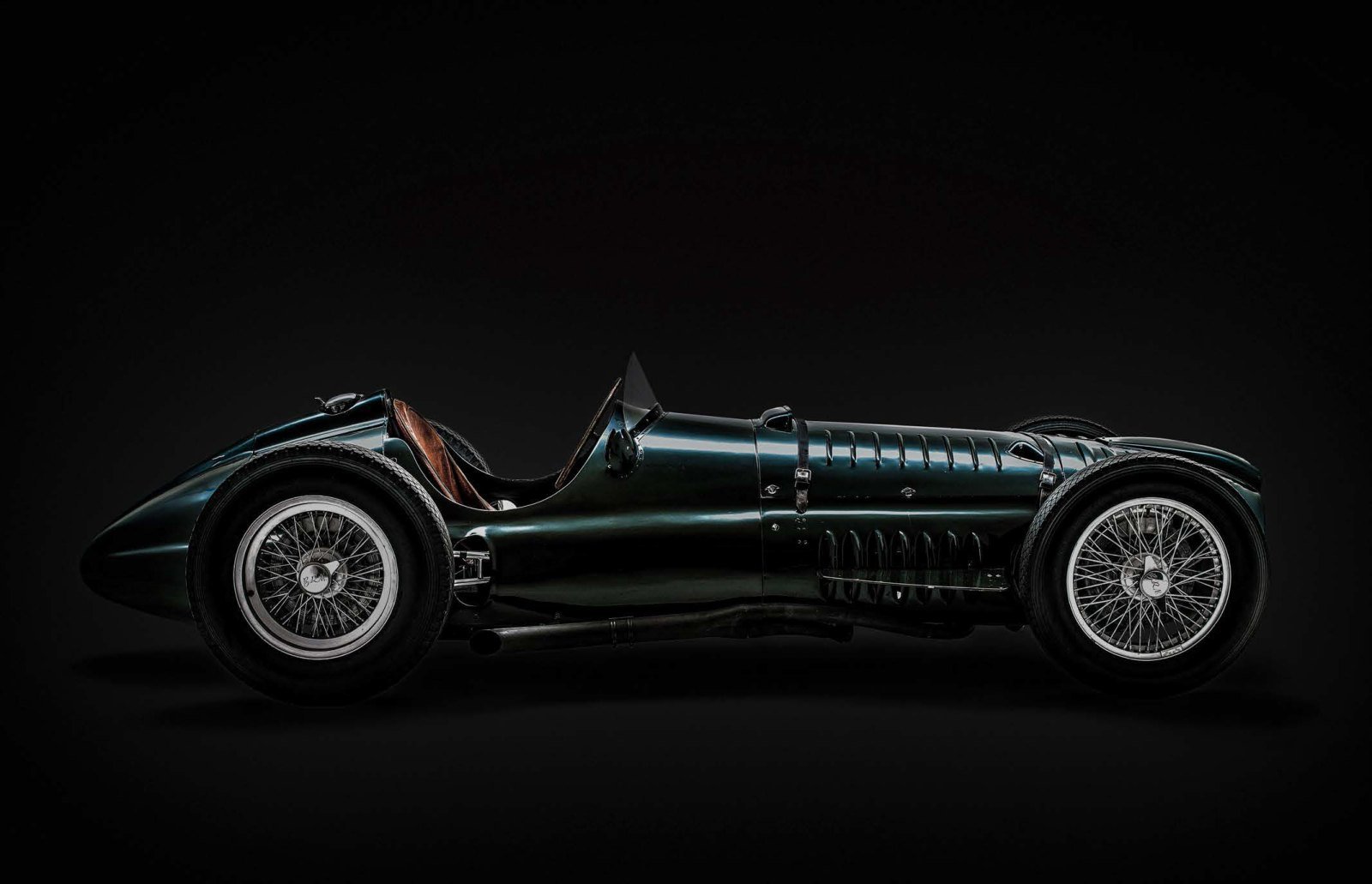
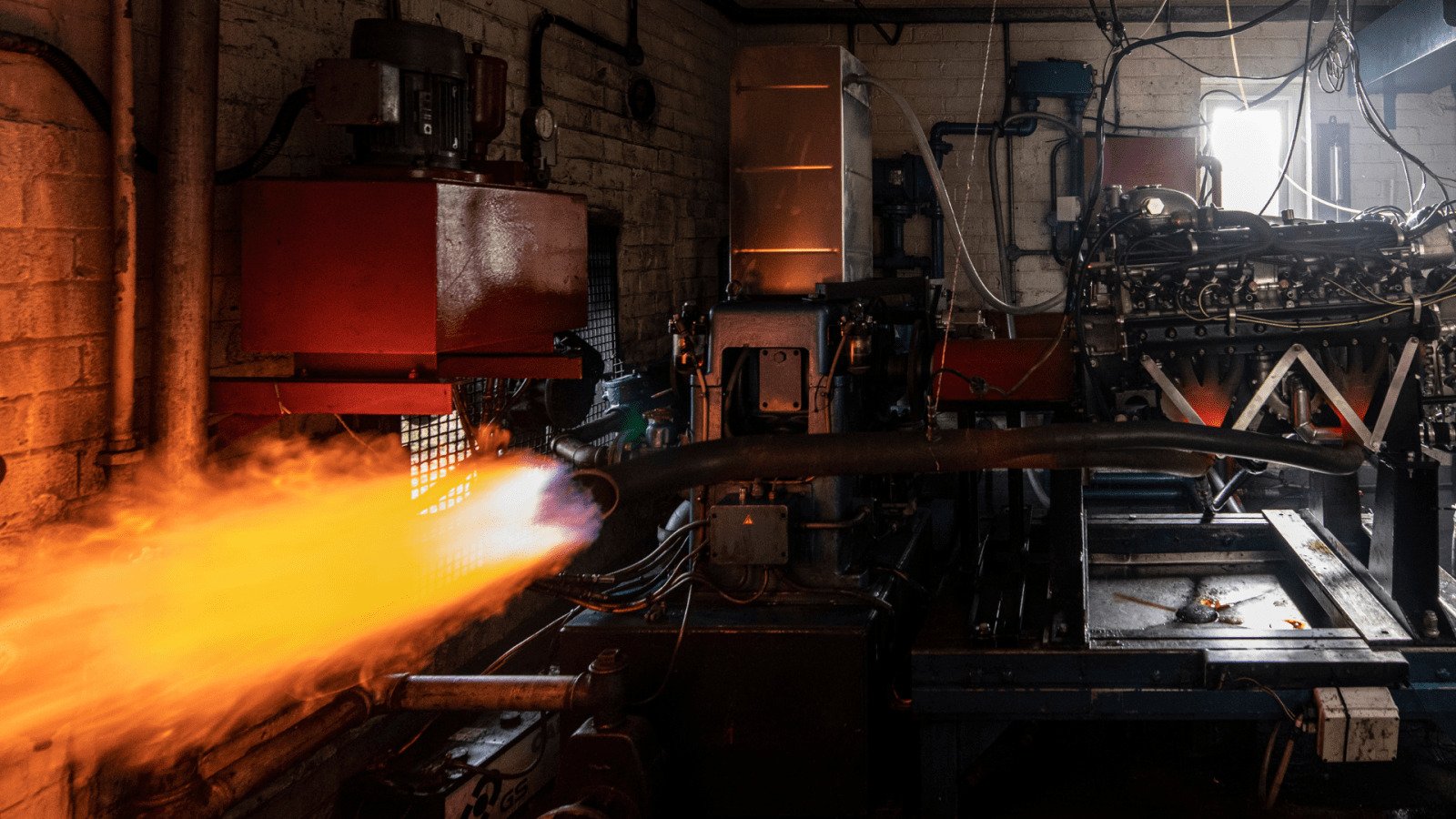
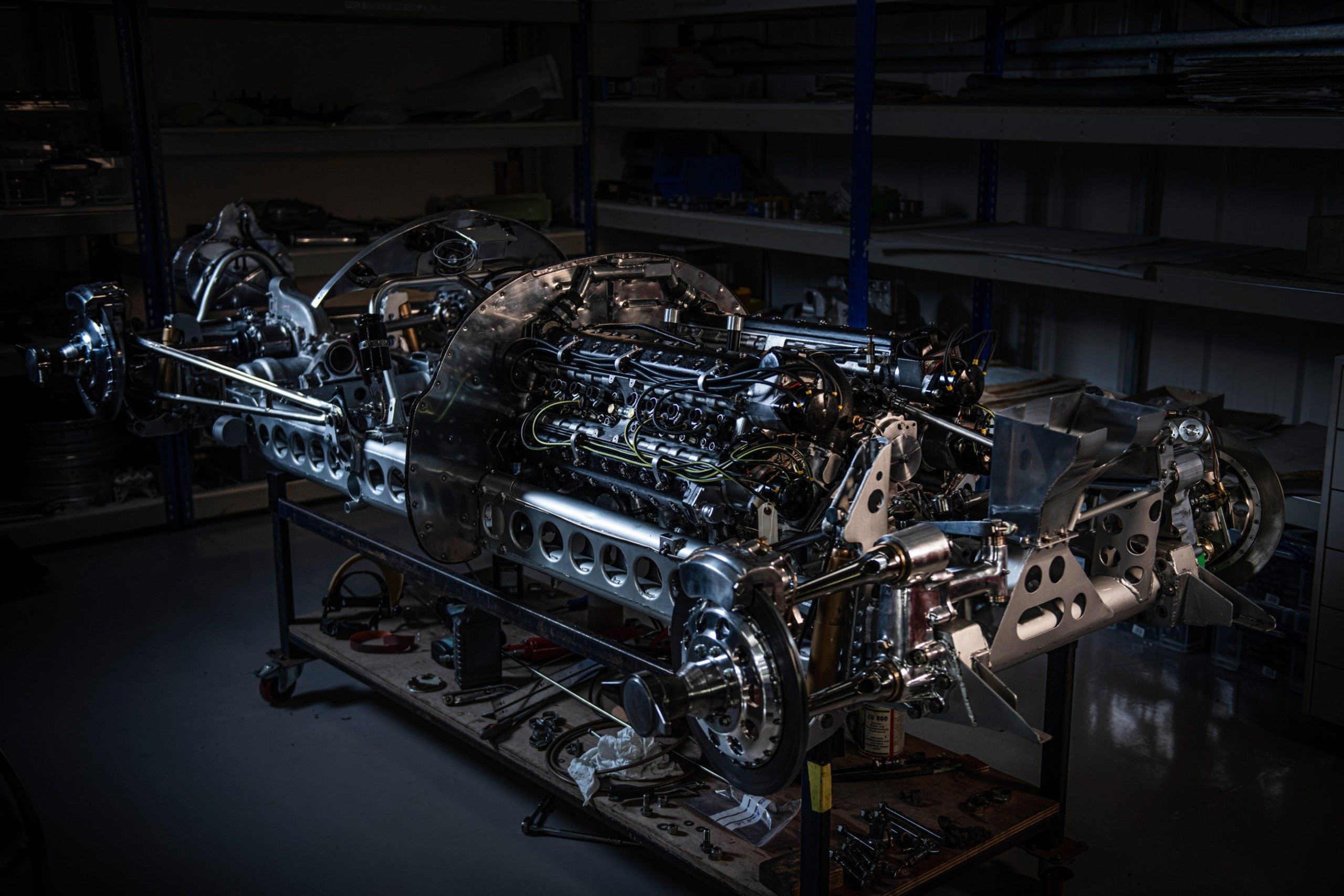
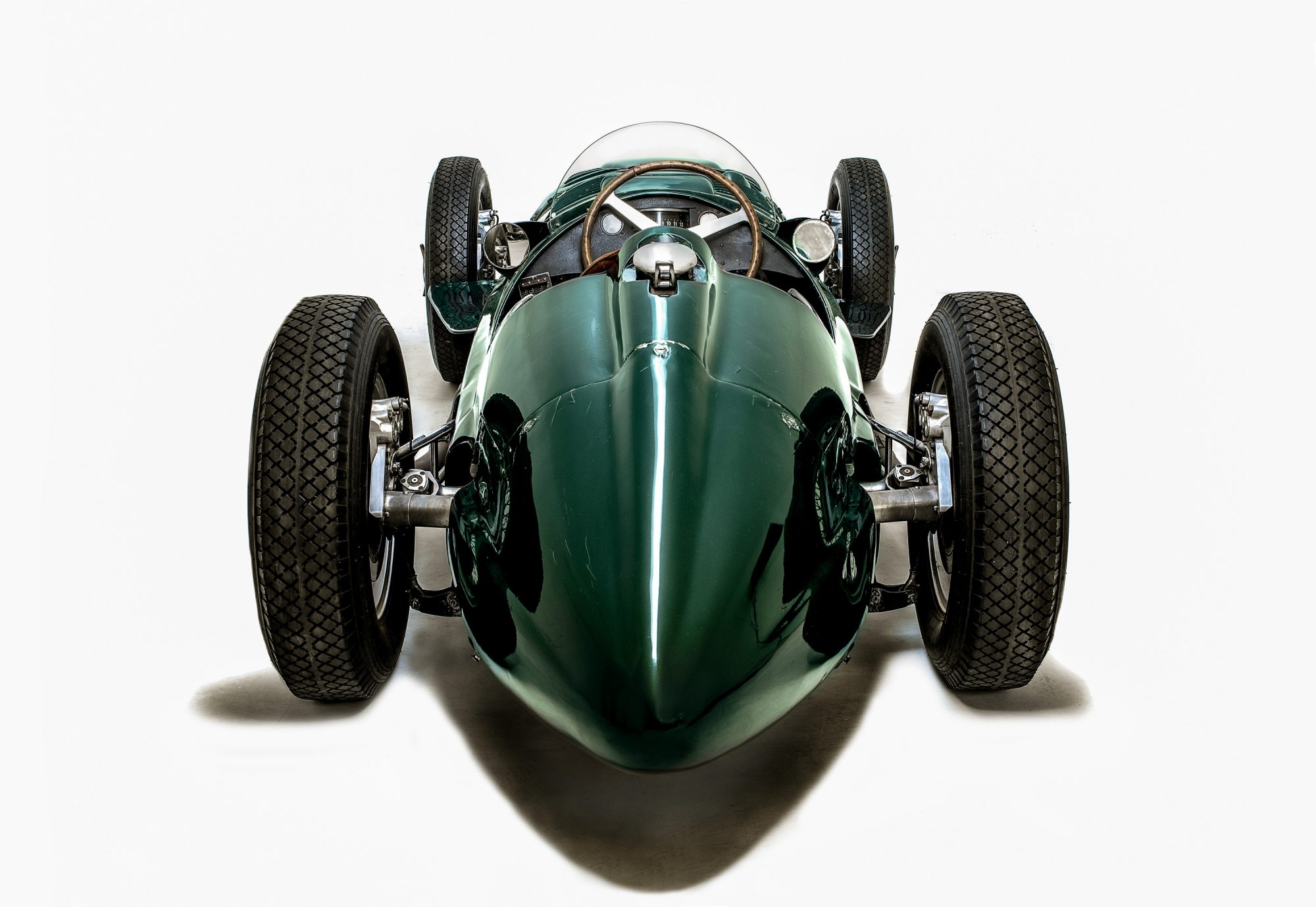




8 responses
Back in the 1970s, I had a chance to buy 2 crates of engine and spare parts. It was at The Foreign Car Store in Nyak, New York. They contained a chassis, engine and spares. I believe they wanted $5,000.
I didn’t have the money at the time. It was the H-16 engine, if I remember correctly. BRM had some wild ideas in the 60s and 70s, too.
Fangio?
I heard (and saw) one going around Silverstone years ago. The sound was completely different from any of the other F1 cars there. An experience that sticks with you.
Great article, thank you, but may I correct a couple of minor errors:
– The ex – Nick Mason car is now owned by Bernie Ecclestone.
– The Hall & Hall engine test Shed is situated at Folkingham Airfield (from where the gliders flew the US troops to Nijmegen in 1943.) What remains of the old BRM works is now partly an Auction House and partly a Bus Depot and is in Eastgate, Bourne.
– It’s not correct to say that three old P15 chassis have been discovered. The three continuation cars will be allocated original, unused chassis Nos. which would have been allocated had more cars been constructed in period.
Very interesting article.
But I don’t think there is any car engine that consists of 36’000 parts.
360 parts is probably closer to reality.
Saw one doing demo laps at Silverstone, that engine sound is like nothing else.
@Reto sorry but you are grossly underestimating, go look up an exploded diagram of a simple 1950’s-era S.U. or Zenith carburettor and you’ll find 75 to 100 parts for just one of those components alone.
My estimate was for the engine only without its auxiliary units. A carburettor is not part of the engine. It’s a carburettor.
I heard the BRM V16 for the first time , a few weeks ago on my smartphone .
As you say , its out of this world , its outlandish , its phenomenal !
I heard the two full laps the car did , and just couldn’t get enough of it .
I have bin to many historic races with Ferrari , Jaguar , Aston , you name them .
NOTHING come’s even close to the heavenly MUSIC this engine makes , together with
its gearbox ………………………………….
Brittish Racing Music !